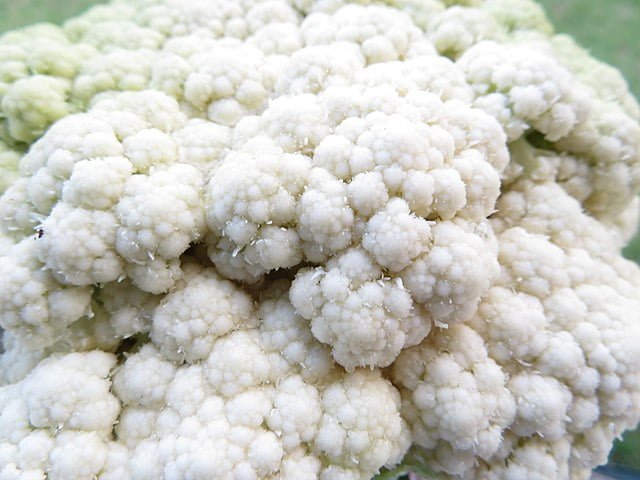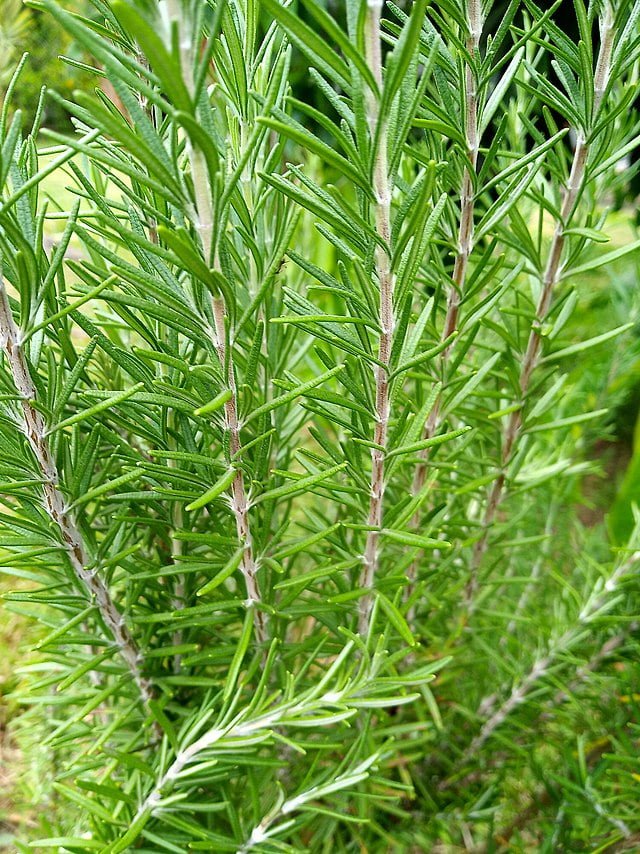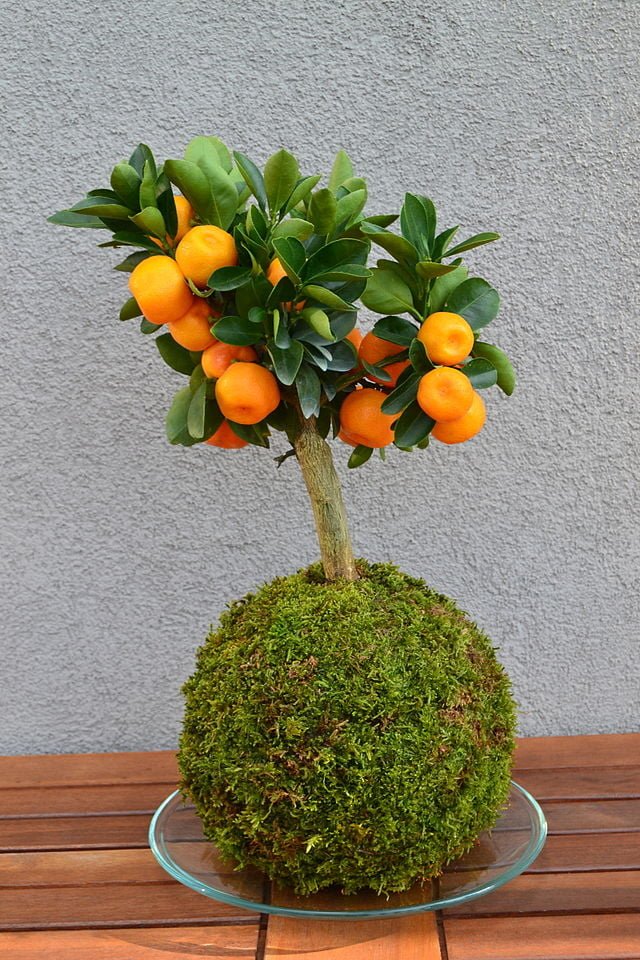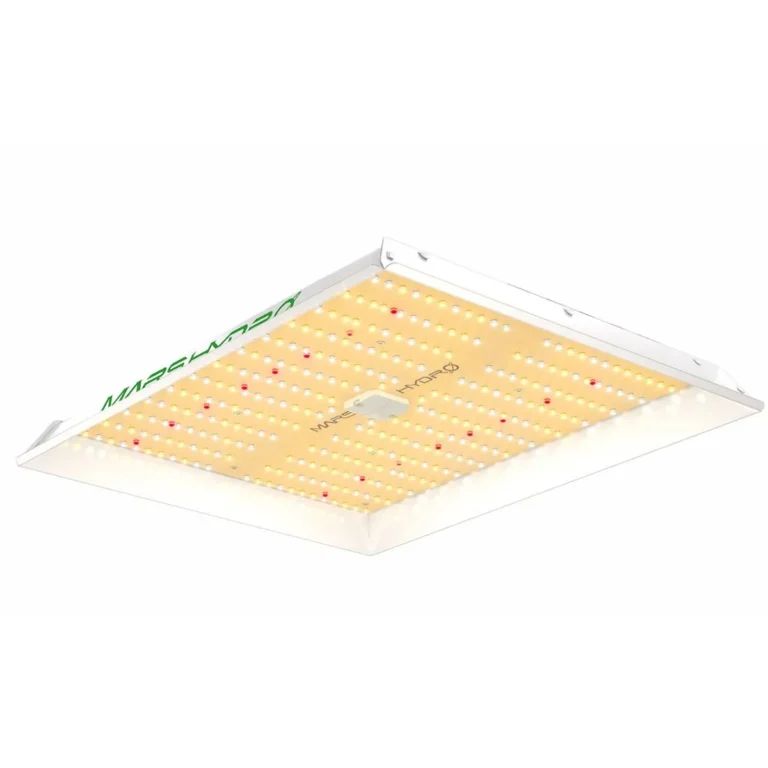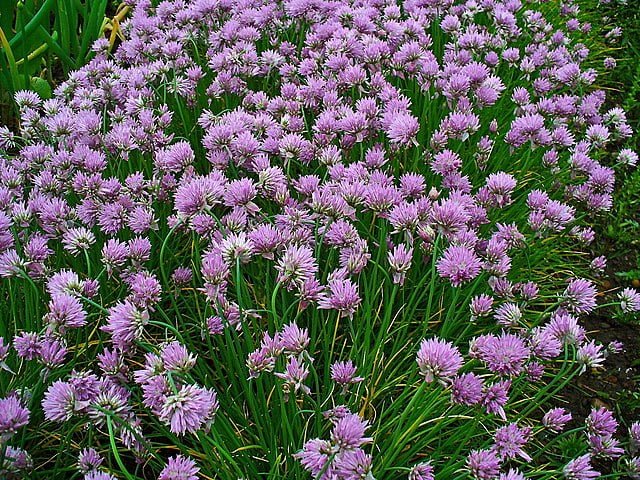Green Beans: Ultimate Guide to Growing Green Beans in Your Garden
Green beans, also known as string beans or snap beans, are a staple in gardens across the globe. Renowned for their versatility in the kitchen and ease of growth in the garden, green beans offer a bountiful harvest all season long. Whether you’re a seasoned gardener or just starting, this guide will provide you with everything you need to know to grow, care for, and harvest green beans.
Why Grow Green Beans?
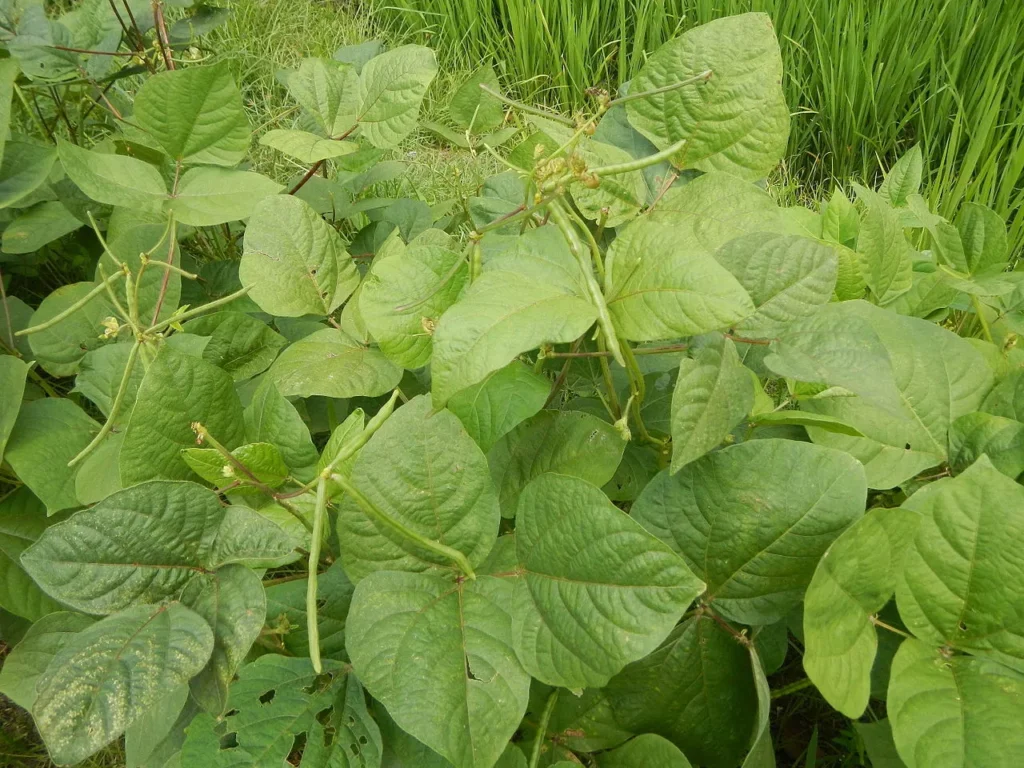
Green beans are not only delicious but also packed with nutrients like vitamins A, C, K, and fibers. They’re a versatile crop that can be grown in small spaces, including containers, making them perfect for all types of gardeners. Plus, green beans can improve soil fertility by fixing nitrogen, benefiting your garden ecosystem.
Choosing the Right Variety
Green beans come in two main types: bush beans and pole beans.
- Bush Beans: Compact plants that grow to about 2 feet tall. They don’t require staking, making them ideal for small gardens or containers. Bush beans tend to produce a single, heavy harvest.
- Pole Beans: Vining plants that can grow up to 10 feet tall and require support like a trellis or poles. Pole beans produce a continuous harvest throughout the growing season.
Some popular varieties include:
- ‘Blue Lake’: Known for its flavour and reliability, available in both bush and pole types.
- ‘Kentucky Wonder’: An heirloom pole variety, prized for its large, flavorful beans.
- ‘Contender’: A bush variety that’s heat tolerant and produces early in the season.
Planting Green Beans
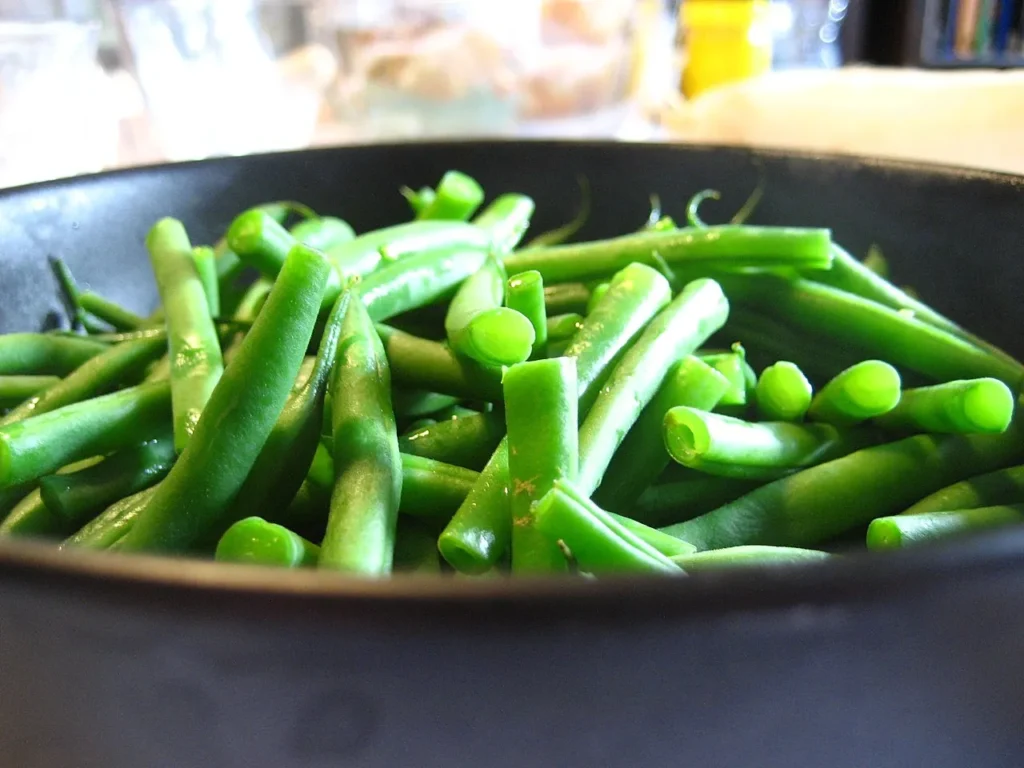
- When to Plant: Green beans thrive in warm soil and should be planted after the last frost date in your area. For a continuous harvest, plant a new batch every 2 weeks until mid-summer.
- Soil Conditions: Green beans prefer well-drained soil with a neutral pH. Work in compost or aged manure to enrich the soil before planting.
- Sowing Seeds: Plant seeds 1 inch deep and 2-4 inches apart for bush beans, and 4-6 inches apart for pole beans. If using trellises for pole beans, plant seeds at the base of each pole.
Caring for Your Green Beans
- Watering: Keep the soil consistently moist, especially when the plants are flowering and developing pods. Aim for about 1 inch of water per week.
- Mulching: Apply a layer of organic mulch around the plants to retain moisture, suppress weeds, and keep the soil cool.
- Support for Pole Beans: Install a trellis, stakes, or a tepee at planting time for pole beans to climb.
Pest and Disease Management
Common pests include bean beetles and aphids, while diseases like rust and powdery mildew can also affect plants. Practice crop rotation, use row covers to protect young plants, and remove affected foliage promptly. Encouraging beneficial insects can help control pest populations naturally.
Harvesting Green Beans
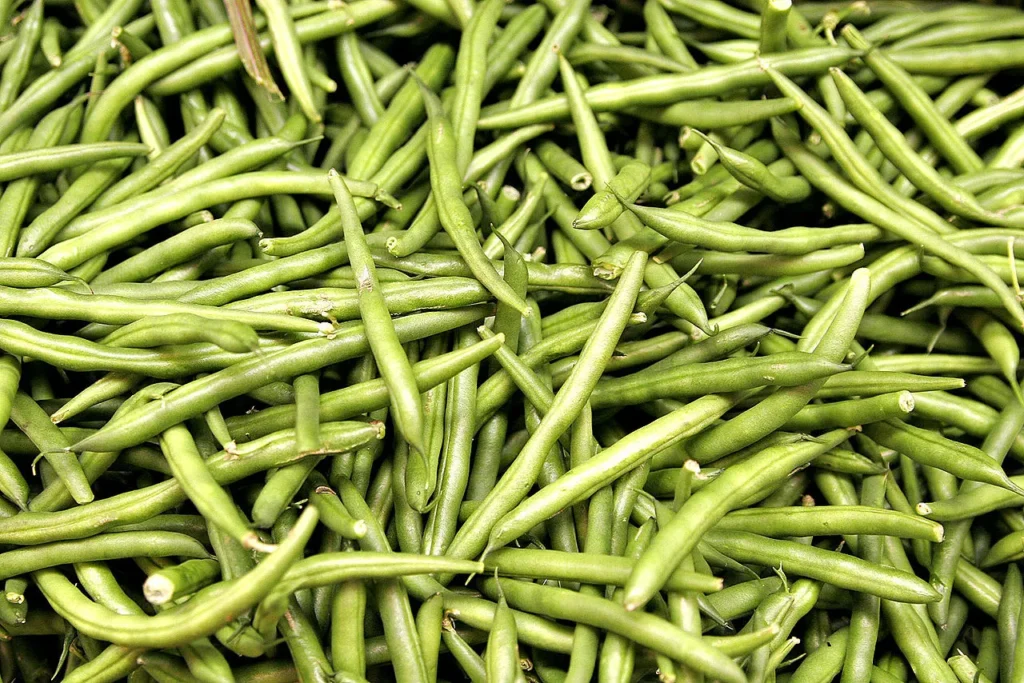
Green beans are ready to harvest when the pods are firm and snap easily, usually about 50-60 days after planting. For the best flavour, pick beans while they’re young and tender, before the seeds inside fully develop. Regular harvesting encourages more pod production.
Storing and Preserving
Fresh green beans can be stored in the refrigerator for up to a week. For longer preservation, green beans can be canned, frozen, or pickled, allowing you to enjoy your harvest well into the winter months.
Green Beans Gardening FAQ
Can green beans be grown in pots?
Absolutely! Bush bean varieties are particularly well-suited for container gardening. Choose a pot that’s at least 12 inches deep and ensure it has good drainage.
How do I deal with pests on my green beans?
How long do green beans take to grow?
Most green bean varieties reach maturity and are ready for harvest within 50 to 70 days after planting, depending on the specific variety and growing conditions.
Can I grow green beans next to my tomatoes?
Yes, green beans and tomatoes can be good companions in the garden. The beans can benefit from the shade provided by tomato plants later in the season, and both plants have similar water and nutrient needs.
Why are my green bean plants flowering but not producing beans?
This could be due to a lack of pollination or environmental stress such as extreme temperatures. Ensure that your plants are well-watered and consider hand-pollinating flowers if necessary.
Additional Resources for Growing Green Beans
For gardeners seeking further reading and in-depth studies on growing green beans, these resources offer extensive information and tips:
- The Old Farmer’s Almanac – Green Beans: A trusted source for planting dates, growing tips, and recipes for your green bean harvest.
- National Gardening Association – Green Beans: Provides comprehensive information on planting, growing, and harvesting green beans, along with troubleshooting common issues.
- University of Minnesota Extension – Growing Beans in Minnesota Home Gardens: While focused on Minnesota, this resource offers excellent general advice on bean cultivation that’s applicable to many regions.
Final Thoughts
Growing green beans is a rewarding endeavor that offers fresh, tasty vegetables from your garden. With minimal care and space requirements, they’re an excellent choice for gardeners of all levels. By following this guide, you’ll be well on your way to a bountiful harvest of crisp, flavorful green beans.


